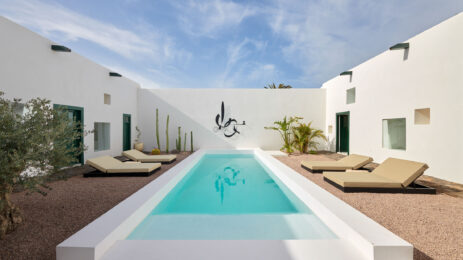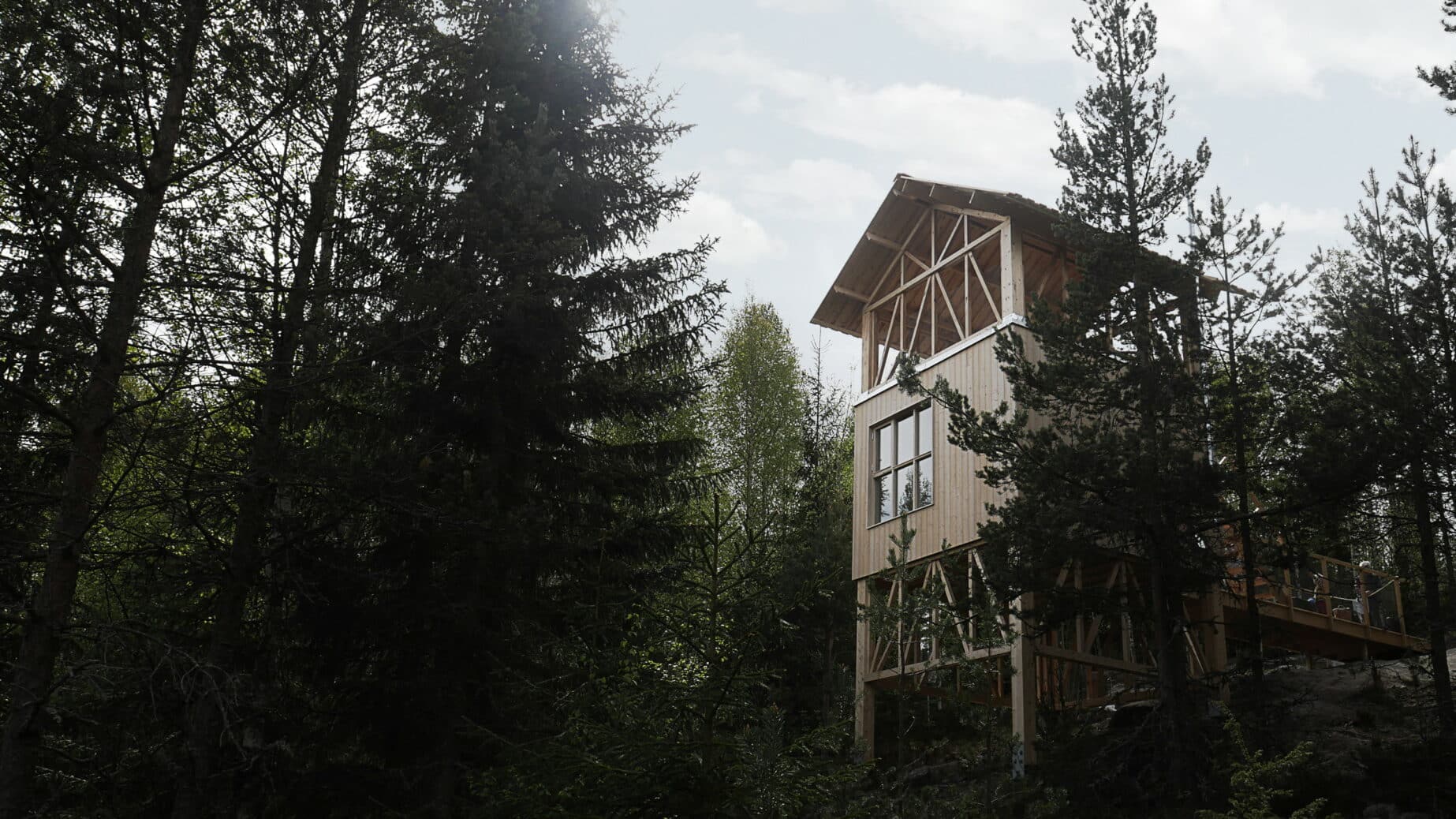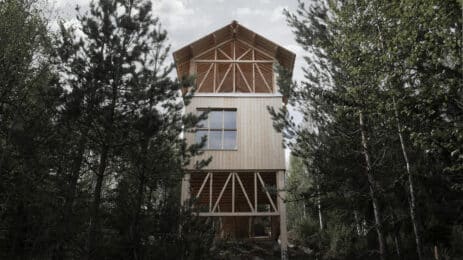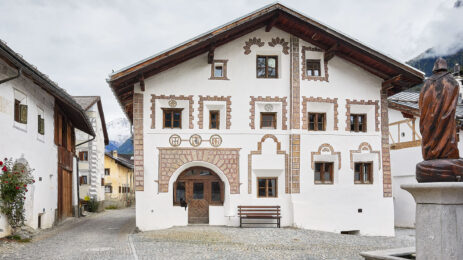Our book designer is also an architect. Why genuine simplicity enthralls her and what this has to do with childhood literature, she tells us in the 5th part of the series “One Picture”.
It is not uncommon to make unexpected discoveries on parental bookshelves. Books you never thought your parents had actually read (Schiller’s dramas). Books you wouldn’t imagine they had read (“Tell me your star sign and I’ll tell you how you love”).
And finally, books that you don’t know how they ever found their way onto your own bookshelf. Among them, an enthralling collection of the most beautiful cabins, built in the 1970s by dropout freaks and nerds in the endless expanses North America. Almost always without a blueprint. Built from the material they found. And always in the middle of nowhere. Without an address and far from any track . The booklet accompanied me throughout my studies. At first with suspicion (“That’s not architecture!”), then with increasing sympathy as a counter-image to the intellectual, academic theory of design.
What a discovery, then, when twenty years later I saw the small tower house Bergaliv Högloftet for the first time. Since then, I have rarely come across a house that expresses this feeling of authenticity, enthralment and simplicity to such an extent. The beams of raw wood, the construction impressively simple and full of poetry. A forest house on stilts, a tree castle in the treetops. Somewhere out there. Far, far away. But the best part: with an address.
– Kathrin Schmuck has been working as a book designer with HOLIDAYARCHITECTURE since 2016. www.bucharchitektur.de
Much of HOLIDAYARCHITECTURE’s work involves dealing with visual material. Sometimes there is a picture that particularly appeals to us – a photo that surprises us, fascinates us, or simply forces us to pay even more attention to a house or look at it from a different perspective. You can find this in our new series “One Picture”.







0 Comments